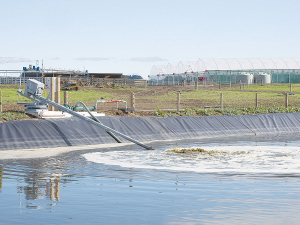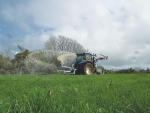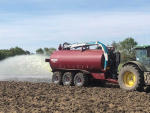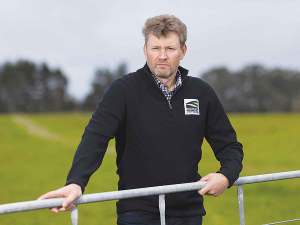How often should an effluent pond be stirred?
According to effluent management specialist, Nevada, stirring effluent pond storage does not have to be a complicated or time consuming when you have the right equipment in place.
“Stirring your effluent pond storage thoroughly allows for everything to stay in suspension,” the company says.
“This keeps solids from crusting on the top and developing weed growth, or creating a hard layer at the bottom that can become almost impossible to break up.
“It is especially important to stir thoroughly if your effluent system includes a bladder or an above-ground storage tanks or a HDPE lined pond. This is because you cannot easily dig them out.”
Stirring effluent efficiently helps maximise storage holding capacity.
This makes sure that the effluent stays in suspense and up off the bottom of the storage floor to maintain the full capacity of the overall storage.
Nevada says properly mixing effluent storage gives the ability to have an even spread of nutrients across paddocks.
“With more guarantee for even distribution, you can make sure you yield better returns,” it says.
Keeping the pond stirred removes the issue of sand and grit building up that can prematurely cause effluent pump to degrade. By ensuring the longevity of equipment, farms keep operations running without downtime.
So, how often should you be stirring?
According to Nevada, there is no straightforward rule.
“Not all stirrers are built the same, which is why it is important to check that your stirrer is specified to suit the size and type of your effluent storage.”
Some farmers ask if they need a pond stirrer when they already have a solid separator.
 |
|---|
|
Start your electric stirrer or PTO pond stirrer up 30 minutes prior to irrigating.
|
Nevada says it a farmer is using a weeping wall or other solid separator method, fine particles still settle and can cause issues later.
“Even with solid separation, we recommend having a stirrer,” it says.
“We recommend stirring every week for 30 to 60 minutes, depending on the size of the pond and power of the stirrer.”
Start your Nevada electric stirrer or PTO pond stirrer up 30 minutes prior to irrigating, it says.
“If you have a stirrer that is less powerful, you may have to stir for longer prior to sucking any effluent out of the pond.
“If you are unable to run the stirrer and pump at the same time due to lack of power capacity, our recommendation is to have an effective stirrer that you can turn on first before switching to pumping.
“Having a correctly specified Nevada pond mixer allows for faster more efficient stirring, rather than running an inefficient stirrer all the time.”
Nevada claims the horizontal thrust of its Typhoon propeller provides the most efficient and effective result.
“The length of time you need to stir the effluent is different for each situation,” it says.
“For small concrete in ground tanks, it may take only 15 minutes with a highly effective submersible stirrer.
So, should farmers be worried about erosion with a pond stirrer?
Nevada says no, if a farmer has a synthetic lined pond, bladder or tank.
“However, if you have a clay lined pond (without a synthetic liner), it is easy to avoid issues with erosion or damage by adjusting the position of the stirrer.
“Nevada stirrers are easily adjustable for the angle and depth, which protects the walls of your clay lined pond.”
0800 464 393 or visit www.nevadagroup.co.nz












